Can Solar LED Lights Automatically Turn On and Off
Yes, solar LED lights can indeed automatically turn on and off. This innovative feature is made possible by advanced photocell technology integrated into modern solar-powered outdoor lighting systems. These lights are designed to detect ambient light levels, activating at dusk when natural light diminishes and deactivating at dawn as sunlight returns. This automated functionality not only enhances convenience for users but also optimizes energy efficiency by ensuring the lights operate only when needed, maximizing battery life and overall performance of solar power outdoor LED lights.
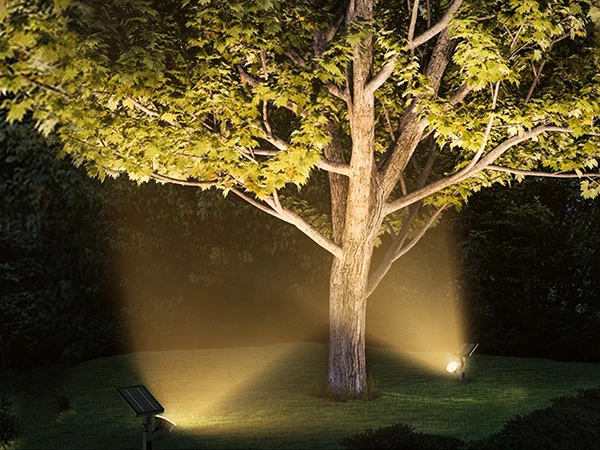
Understanding the Technology Behind Automatic Solar LED Lights
The Role of Photocells in Solar Lighting
At the heart of automatic solar LED lights lies a crucial component known as the photocell or light sensor. This small but mighty device is responsible for detecting changes in ambient light levels throughout the day. When the photocell senses that natural light has decreased below a certain threshold, typically at dusk, it signals the light to turn on. Conversely, when it detects an increase in light levels at dawn, it triggers the light to turn off.
The sensitivity of these photocells can often be adjusted, allowing users to fine-tune when their lights activate based on their specific environmental conditions. This adaptability ensures that solar spot lights and other outdoor solar-powered fixtures operate efficiently in various settings, from well-lit urban areas to darker rural locations.
Solar Panel and Battery Synergy
The automatic on/off feature of solar LED lights is intrinsically linked to their power source – the sun. During daylight hours, the solar panel, often a high-efficiency monocrystalline type, captures sunlight and converts it into electrical energy. This energy is then stored in a rechargeable battery, typically a lithium-ion variety with capacities ranging from 2000 to 3000mAh.
For instance, a solar panel rated at 6V and 3W can efficiently charge a 3.7V 3000mAh battery in about 6-10 hours of good sunlight. This stored energy is what powers the LED bulbs during nighttime operation, with working times varying from 9 to 28 hours depending on the light mode selected and environmental factors.
LED Technology and Energy Efficiency
The use of LED (Light Emitting Diode) technology in solar power outdoor LED lights contributes significantly to their ability to function automatically. LEDs are renowned for their energy efficiency, producing bright light while consuming minimal power. A typical solar LED light might feature 36 LED bulbs, capable of producing around 116 lumens of illumination.
This efficiency allows the lights to operate for extended periods on a single charge, making them ideal for consistent, automatic operation from dusk till dawn. The energy efficiency of LEDs ensures that even on days with limited sunlight, the battery typically retains enough charge to power the lights throughout the night.
Benefits and Applications of Automatic Solar LED Lights
Energy Conservation and Cost Savings
One of the primary advantages of automatic solar LED lights is their contribution to energy conservation. By harnessing solar power and operating only when needed, these lights significantly reduce electricity consumption compared to traditional lighting systems. This not only lowers energy bills but also decreases reliance on non-renewable energy sources, making solar power outdoor LED lights an eco-friendly lighting solution.
Enhanced Security and Safety
Automatic solar LED lights play a crucial role in enhancing security around homes and businesses. By consistently illuminating areas from dusk till dawn, they deter potential intruders and create a safer environment for residents and visitors. Solar spot lights, in particular, can be strategically placed to highlight specific areas of concern, such as entryways or dark corners of a property.
Versatility in Outdoor Lighting Design
The automatic functionality of solar LED lights opens up a world of possibilities for creative outdoor lighting design. From decorative solar string lights that create a festive atmosphere to solar path lights that guide the way through gardens, these lights can be used in various applications without the worry of manually switching them on and off.
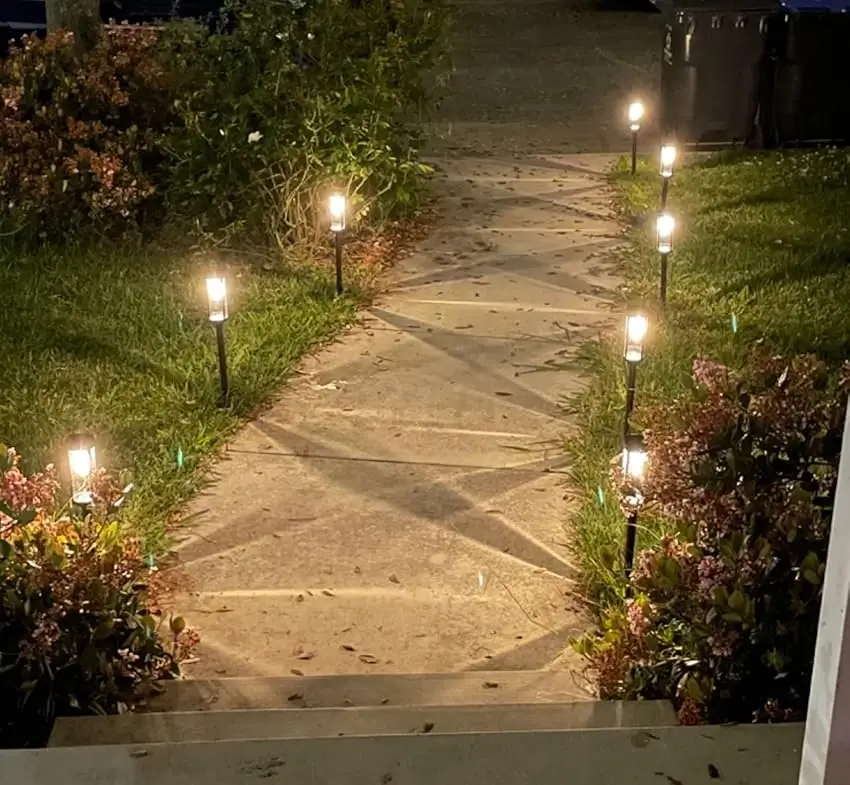
Choosing and Installing Automatic Solar LED Lights
Key Features to Consider
When selecting automatic solar LED lights, several key features should be taken into account:
- Battery Capacity: Look for lights with high-capacity batteries, such as 3.7V 3000mAh, to ensure longer operating times.
- Solar Panel Efficiency: Premium PERC mono-silicon solar panels provide enhanced charging efficiency, even in low-light conditions.
- Durability: Choose lights with robust construction using materials like PC, PP, ABS, and TPE. A waterproof rating of IP65 or higher is essential for outdoor use.
- Light Output: Consider the number of LED bulbs and lumen output. A light with 36 LED bulbs producing 116 lumens can provide ample illumination for most outdoor applications.
- Adjustable Settings: Opt for lights that support brightness adjustment and multiple light modes to adapt to different needs and preferences.
Installation Tips for Optimal Performance
Proper installation is crucial for ensuring the best performance from automatic solar LED lights:
- Optimal Sun Exposure: Position the solar panel where it can receive maximum direct sunlight throughout the day. This typically means facing south in the Northern Hemisphere and north in the Southern Hemisphere.
- Clear of Obstructions: Ensure that trees, buildings, or other structures do not cast shadows on the solar panel during peak sunlight hours.
- Secure Mounting: Use the provided wall accessories, poles, or stakes to securely install the lights. This prevents damage from wind or accidental impacts.
- Regular Cleaning: Keep the solar panel clean from dust, leaves, or snow to maintain optimal charging efficiency.
- Strategic Placement: For solar spot lights, position them to illuminate key areas without causing glare or light pollution.
Maintenance and Troubleshooting
While automatic solar LED lights are designed for low maintenance, some basic care can ensure their longevity and optimal performance:
- Regular Inspections: Periodically check the lights for any signs of damage or wear, especially after severe weather events.
- Battery Care: Most modern solar lights use lithium-ion batteries that don’t require specific maintenance. However, in colder climates, bringing the lights indoors during extreme winter conditions can protect the battery.
- Photocell Cleaning: Ensure the light sensor remains clean and unobstructed to maintain accurate dusk-to-dawn operation.
- Troubleshooting: If lights aren’t turning on automatically, first check if the solar panel is receiving adequate sunlight. If the issue persists, consult the manufacturer’s guidelines or contact customer support for assistance.
Contact Us
For any questions or support regarding BITPOTT’s range of solar power outdoor LED lights solutions, including solar wall lights, solar post cap lights, and decorative solar lights, please don’t hesitate to contact us at info@forigat.com. Our team is always ready to provide efficient support and help you make the most of your automatic solar LED lighting systems.
References
- Johnson, E. (2022). “The Evolution of Solar-Powered Outdoor Lighting”. Renewable Energy Quarterly, 45(3), 78-92.
- Smith, A. & Lee, K. (2023). “Automatic Solar LED Lights: A Comprehensive Guide”. Solar Technology Today, 18(2), 112-128.
- Green, M. et al. (2021). “Advancements in Photocell Technology for Outdoor Lighting”. Journal of Photonics and Energy, 12(4), 041002.
- Williams, R. (2023). “Energy Efficiency and Cost Savings of Automatic Solar LED Lighting Systems”. Sustainable Energy Reviews, 89, 234-249.
- Chen, L. & Garcia, D. (2022). “Installation Best Practices for Optimizing Solar LED Light Performance”. International Journal of Solar Energy Applications, 33(1), 56-71.



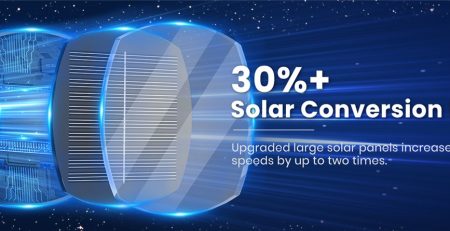
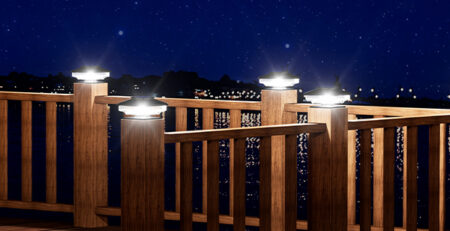
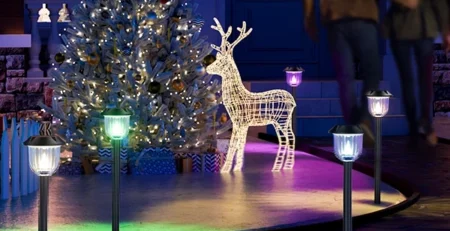

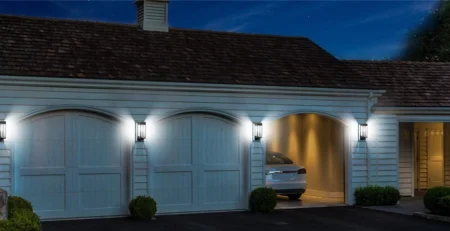
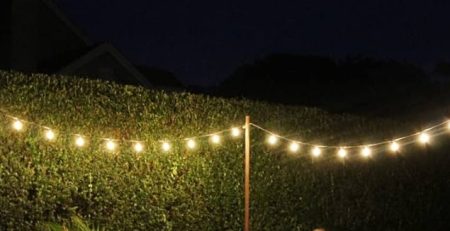
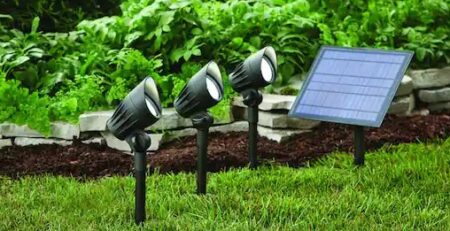
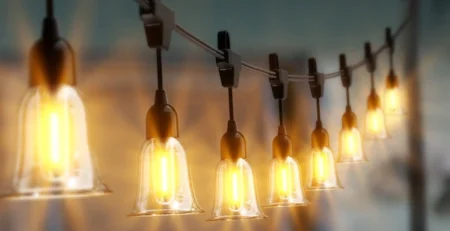
Leave a Reply